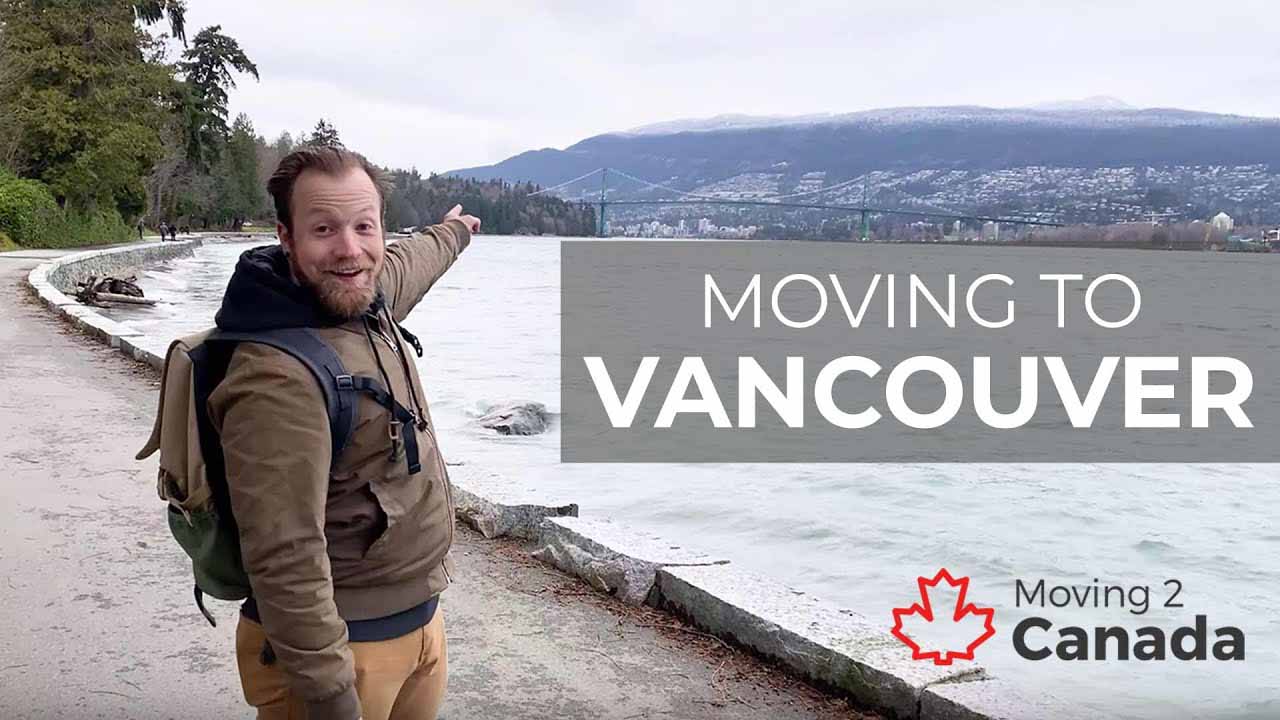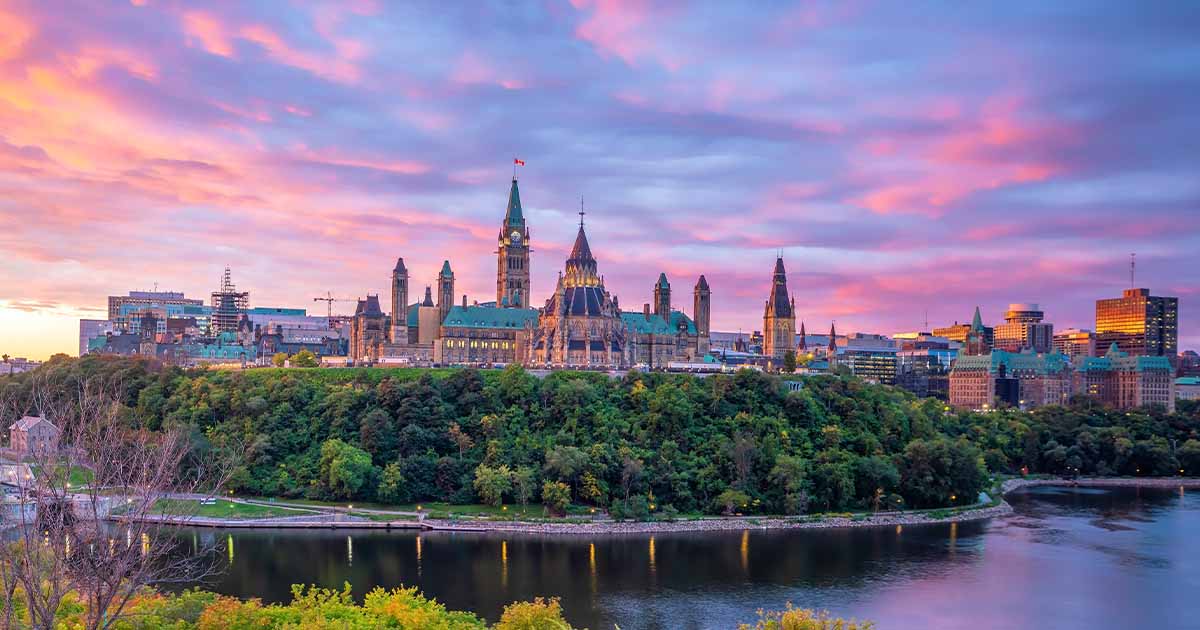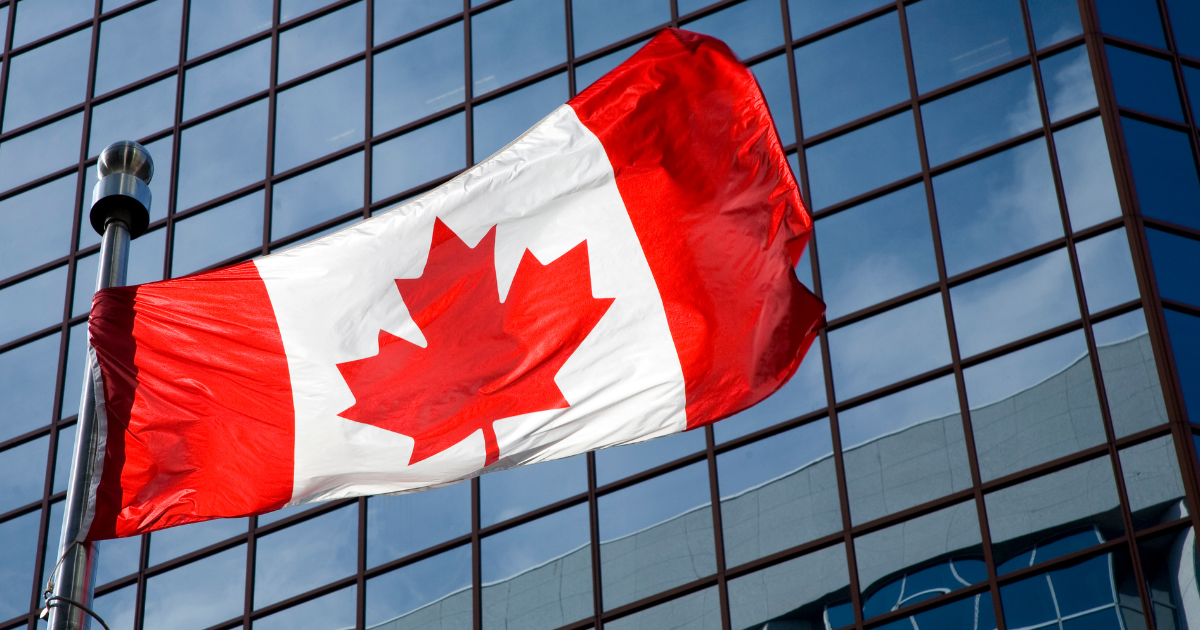How many immigrants does Canada admit each year? Between 2022 and 2024, Canada is planning to welcome more than 1.3 million new permanent residents. These record-high immigration targets were announced by Immigration Minister Sean Fraser through the Canada Immigration Levels Plan for 2022-2024.
Immigration remains a top priority for Canada, as the country faces an aging population and a declining birth rate. Immigration is a key component of the government’s strategy to address these issues and ensure the country’s long-term economic growth.
Some might be surprised by these numbers: 1.3 million new permanent residents even while the country continues to battle the COVID-19 pandemic? High levels of immigration to Canada are an important long-term strategy. Despite short-term challenges created by the COVID-19 pandemic, Canada’s immigration policymakers are setting targets based on future needs.
Plus, Canada demonstrated that it can meet its high immigration targets after successfully admitting more than 400,000 new permanent residents in 2021.
Canada’s focus on immigration as a means of stimulating economic growth is also why the majority of Canada’s new permanent residents come through economic immigration pathways. These pathways prioritize applicants who can demonstrate they meet an economic need in the country.
However, in a notable policy shift for 2022 and into 2023, Canada will be accepting fewer high-skilled workers through Express Entry than in recent years while immigration officials work through a massive backlog of previously submitted applications. A larger than usual share of economic immigration will come through pilot programs and ‘Federal Economic Public Policies’, which include initiatives such as the TR to PR program that opened in 2021. Although the TR to PR program stopped accepting applications in November 2021, there is a backlog of submitted applications that have yet to be processed. These unprocessed applications will be counted as admissions for 2022 and 2023, as indicated in the Immigration Levels Plan.
In addition to economic immigrants, the 2022 Canada Immigration Levels Plan makes it clear that Canada is also committed to family reunification and refugee resettlement — with increased targets in both those areas.

Not sure which immigration program to choose? Take this quiz.

Get immigration help you can trust
The Canada Immigration Levels Plan: 2022-2024
The table below describes the Canada Immigration Levels Plan for 2022-2024, broken down by immigration category and program.
| Immigration category | Category | 2022 Range | 2022 Target | 2023 Range | 2023 Target | 2024 Range | 2024 Target |
|---|---|---|---|---|---|---|---|
| Economic Programs | FSW, FST, CEC (Express Entry) | 52,000-64,000 | 55,900 | 63,000-84,000 | 75,750 | 91,000-118,000 | 111,500 |
| Federal Economic Public Policies | 30,000-48,000 | 40,000 | 25,000-42,000 | 32,000 | - | - | |
| Business | 800-1,500 | 1,000 | 800-1,500 | 1,000 | 1,000-2,000 | 1,500 | |
| Economic pilots: Caregivers; Agri-Food; Rural and Northern | 4,000-10,500 | 10,250 | 7,000-18,000 | 11,250 | 8,000-20,000 | 12,750 | |
| Atlantic Program | 4,000-8,000 | 6,250 | 4,000-10,000 | 6,500 | 4,000-12,000 | 6,500 | |
| PNPs | 80,000-95,000 | 83,500 | 82,000-95,000 | 86,000 | 88,000-98,000 | 93,000 | |
| Quebec (Skilled Worker & Business) | See the Quebec immigration plan | See the Quebec immigration plan | TBD | TBD | TBD | TBD | |
| Total Economic | 210,000-248,000 | 241,850 | 222,000-259,000 | 253,000 | 235,000-273,000 | 267,750 | |
| Family Class | Spouses, Partners, and Dependent Children | 68,000-81,000 | 80,000 | 70,000-84,000 | 81,000 | 70,000-84,000 | 81,000 |
| Parents and Grandparents | 19,000-31,000 | 25,000 | 22,000-38,000 | 28,500 | 27,000-43,000 | 32,000 | |
| All Family Class Programs | 90,000-109,000 | 105,000 | 94,000-113,000 | 109,500 | 99,000-117,000 | 113,000 | |
| Refugees and Protected Persons | Protected Persons in Canada & Dependents Abroad | 20,000-27,500 | 24,500 | 20,500-28,000 | 25,000 | 21,000-28,500 | 25,500 |
| Government Assisted | 15,500-24,000 | 19,790 | 13,500-26,000 | 17,260 | 10,000-19,500 | 13,000 | |
| Blended Visa Office Referred | 100-1,100 | 1,000 | 100-1,100 | 1,000 | 100-1,100 | 1,000 | |
| Privately Sponsored | 19,000-34,000 | 31,255 | 19,400-34,000 | 30,795 | 15,500-28,000 | 23,000 | |
| Total Refugees and Protected Persons | 55,000-79,500 | 76,545 | 57,000-82,000 | 74,055 | 50,000-75,500 | 62,500 | |
| Humanitarian and Other | Total Humanitarian & Other | 5,000-8,500 | 8,250 | 7,000-11,000 | 10,500 | 6,000-9,500 | 7,750 |
| Overall Planned Permanent Admissions | 360,000-445,000 | 431,645 | 380,000-465,000 | 447,055 | 390,000-475,000 | 451,000 | |
If you want to discuss your immigration options with an expert, we recommend booking a consultation with a regulated Canadian immigration consultant.
The big picture: What’s notable in the new Canada Immigration Levels Plan
There are four notable takeaways from the Canada Immigration Levels Plan for 2022-2024:
1 — Canada aims to accept the highest number of immigrants in its history
Canada aims to accept 431,645 new permanent residents in 2022, with more than 1.3 million to be welcomed between 2022 and 2024. These are the highest figures in Canadian history.
As well, these figures only account for new permanent residents. They don’t include the hundreds of thousands of temporary residents who enter Canada each year as temporary workers and international students.
2 — Express Entry is being de-prioritized in 2022 and 2023 as the country works through backlogs created by pandemic-era immigration policies
57 percent of Canada’s new permanent residents will be admitted through economic pathways. These pathways prioritize skilled workers and their accompanying family members.
In recent years, the most popular pathway for skilled worker immigration to Canada has been the Express Entry system. In 2022, Express Entry aims to admit approximately 56,000 newcomers per year. This means that Express Entry admissions make up only 13 percent percent of total admissions. This is a decrease of nearly 50 percent from the 2021 targets which aimed to admit 108,500 newcomers through Express Entry — amounting to 27 percent of total admissions.
Notably, in 2022, another 83,500 newcomers will be admitted through Canada’s Provincial Nominee Programs (PNPs), many of which are aligned with Express Entry, but are listed separately in the Immigration Levels Plan.
The Express Entry targets will increase to 75,750 in 2023 — still much lower than in years past. By 2024, Express Entry targets exceed their pre-pandemic levels — rising to a target of 111,500.
The de-prioritization of Express Entry was hinted at in an IRCC memo from last November which indicated the department was considering a slowdown of Express Entry while it works through a backlog of PR applications submitted through pandemic-era immigration programs.
In 2021, Canada launched a new immigration program for temporary residents who were already in Canada and wished to stay permanently. This was called the Temporary Residence to Permanent Residence pathway (TR2PR) and closed last November after accepting nearly 90,000 applications. Additionally, in February of 2021, Canada invited every candidate in the Canadian Experience Class (CEC) of Express Entry — totalling more than 27,000 invitations to apply. While these policy decisions enabled Canada to meet its immigration targets in 2021, they have resulted in substantial backlogs of applications still waiting to be processed. As indicated in the new levels plan, IRCC is going to work through this existing inventory before ramping up Express Entry draws.
3 — Targets increase for family reunification, refugees and asylum seekers
Although economic immigration may be one priority, Canada is maintaining a commitment to family reunification, refugees and asylum seekers.
Family reunification, or family sponsorship, includes the sponsorship of spouses, partners, children, parents, and grandparents by Canadian permanent residents and citizens. In 2022, Canada aims to admit more than 105,000 newcomers through family class pathways. This is a slight increase from the previous year.
In recent years, Canada has aimed to be a global leader in the resettlement of refugees and asylum seekers. This leadership continues in the new immigration levels plan with a commitment to resettle more than 76,545 refugees and asylum seekers in 2022. Many of these refugees come through Canada’s extensive efforts to resettle Afghan nationals.
4 — Despite high targets, backlogs continue to delay processing
In 2021, Canada admitted more than 400,000 new permanent residents. The targets are even higher for 2022. It’s clear that the country has the capacity to hit its targets, but despite this, Canada has massive backlogs in immigration applications.
By the middle of 2021, Canada had amassed a backlog of more than 1.8 million immigration applications. This backlog caused significant delays in processing times and caused certain programs to be slowed down or paused.
For example, the popular Federal Skilled Worker (FSW) program, part of the Express Entry system, issued zero invitations in 2021. According to an IRCC memo, the department is considering pausing all Express Entry draws until at least July, with the exception of draws for provincial nominees. The same memo indicated that FSW candidates who have already submitted applications may have to wait a total 36 months for their applications to be processed.
It’s unclear exactly how Canada’s immigration application backlog will impact its targets. The department recently laid out a plan to speed up application processing in 2022, with the goal of returning many types of immigration applications to IRCC’s processing standard. However, those hoping to immigrate in 2022 should prepare themselves for ongoing delays and the possibility of policy changes to further prioritize the processing of backlogged applications.
Want to keep up to date on all the latest Canadian immigration news? Create a free Moving2Canada account and sign up for our newsletter!
By Dane Stewart
Posted on February 14, 2022
Updated on January 24, 2024
Advertisement
Advertisement
Related articles

Introducing Canada’s Innovation Stream Pilot: LMIA-Exempt Work Permits for High-Growth Companies
Read more

Educational Credential Assessments for Foreign-Trained Architects: IRCC Announces Changes
Read more
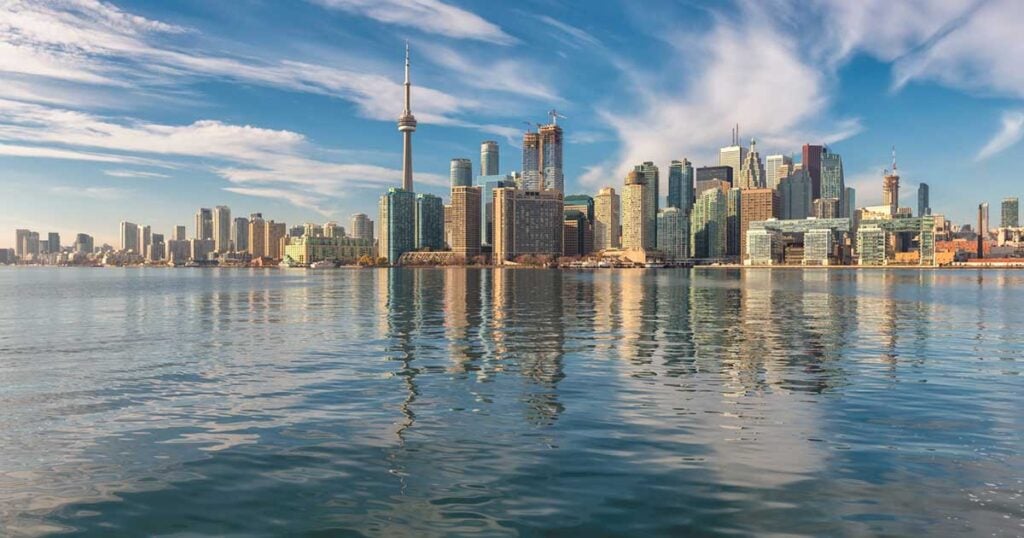
5 Canadian cities ranked among the best in the world
Read more
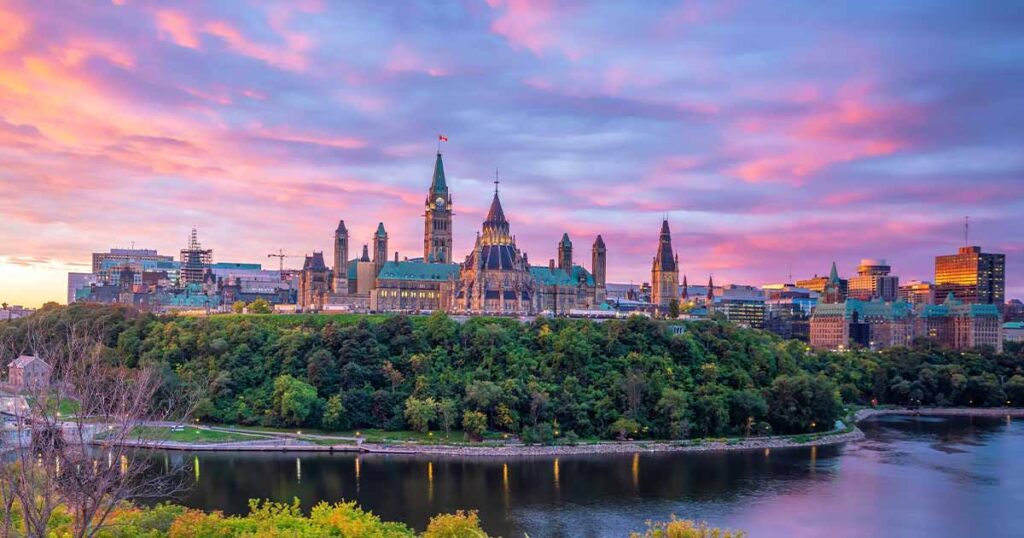
What Newcomers Should Know About Canada’s 2024 Federal Budget
Read more
-

Canada Abroad
Canada Abroad is a transparent Canadian immigration consultancy with advice you can trust. Led by Deanne Acres-Lans (RCIC #508363), the team delivers professional, regulated, and efficient service.
-

Doherty Fultz Immigration
Led by Anthony Doherty (RCIC #510956) and Cassandra Fultz (#514356), the Doherty Fultz team uses their 40+ years of experience to empower you towards settling in Canada.
-

Perez McKenzie Immigration
Led by Jenny Perez (RCIC #423103), Perez McKenzie Immigration is a Canadian immigration consultancy based in British Columbia, with offices in Vancouver and Whistler.
Get your immigration questions answered by an expert
-

Find the best immigration program for you
Take our free immigration quiz and we'll tell you the best immigration programs for you!
-

Get matched to job opportunities
Get matched to job opportunities from Canadian employers who are seeking to hire people with your skills.
-

Access our immigration roadmaps
Our immigration roadmaps will teach you the basics of Express Entry, study permits, and more! Take control of your own immigration process.




